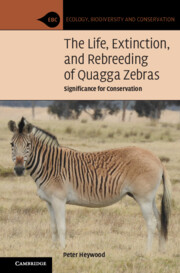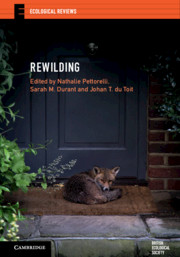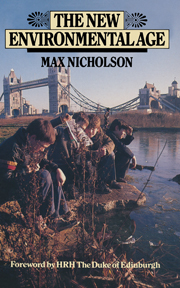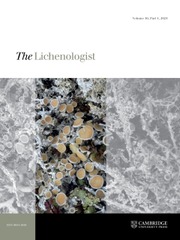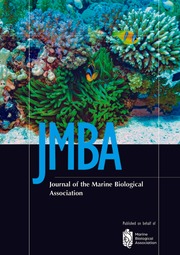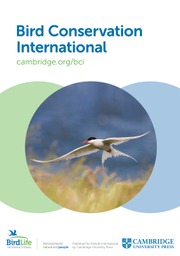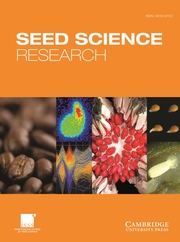The Life, Extinction, and Rebreeding of Quagga Zebras
Quaggas were beautiful pony-sized zebras in southern Africa that had fewer stripes on their bodies and legs, and a browner body coloration than other zebras. Indigenous people hunted quaggas, portrayed them in rock art, and told stories about them. Settlers used quaggas to pull wagons and to protect livestock against predators. Taken to Europe, they were admired, exhibited, harnessed to carriages, illustrated by famous artists and written about by scientists. Excessive hunting led to quaggas' extinction in the 1880s but DNA from museum specimens showed rebreeding was feasible and now zebras resembling quaggas live in their former habitats. This rebreeding is compared with other de-extinction and rewilding ventures and its appropriateness discussed against the backdrop of conservation challenges—including those facing other zebras. In an Anthropocene of species extinction, climate change and habitat loss which organisms and habitats should be saved, and should attempts be made to restore extinct species?
- Appreciates quagga zebras fully: what they looked like, where they lived, what they ate, and the lives they lived, and motivates to conserve these and other animals
- Tells a compelling story about an animal whose study has influenced science and culture—often quoting the people who knew them best: settlers, hunters, biologists, and indigenous people
- Documents how easily organisms can go extinct and stresses the importance of conserving organisms and their habitats, rather than hoping that de-extinction will work miracles
Reviews & endorsements
'The book is an enjoyable account of this interesting case of demise and attempted resurrection, and will appeal to conservation scientists as well as wildlife enthusiasts.' Brian W. van Wilgen, South African Journal of Science
'For those interested in conservation, Africa, and the science of endangered species, this is an excellent short book to get a broad scope of how science has shaped conservation. Animal historians will find this a useful volume for understanding how one esoteric species connects across human cultures and time.' Amanda Lewis-Nang'ea, H-Net Reviews
Product details
May 2022Paperback
9781108926911
242 pages
229 × 152 × 12 mm
0.42kg
Available
Table of Contents
- Acknowledgements
- Introduction
- 1. Zebras
- 2. Quaggas
- 3. Coat coloration
- 4. Quaggas, zebras, and humans in Southern Africa
- 5. Quaggas abroad
- 6. Extinction
- 7. Afterlife
- 8. Rebreeding
- 9. Identity and conservation
- Appendix 1. Early illustrations of quaggas
- Appendix 2. Records of quaggas kept in Europe
- Endnotes
- Bibliography
- Index.

